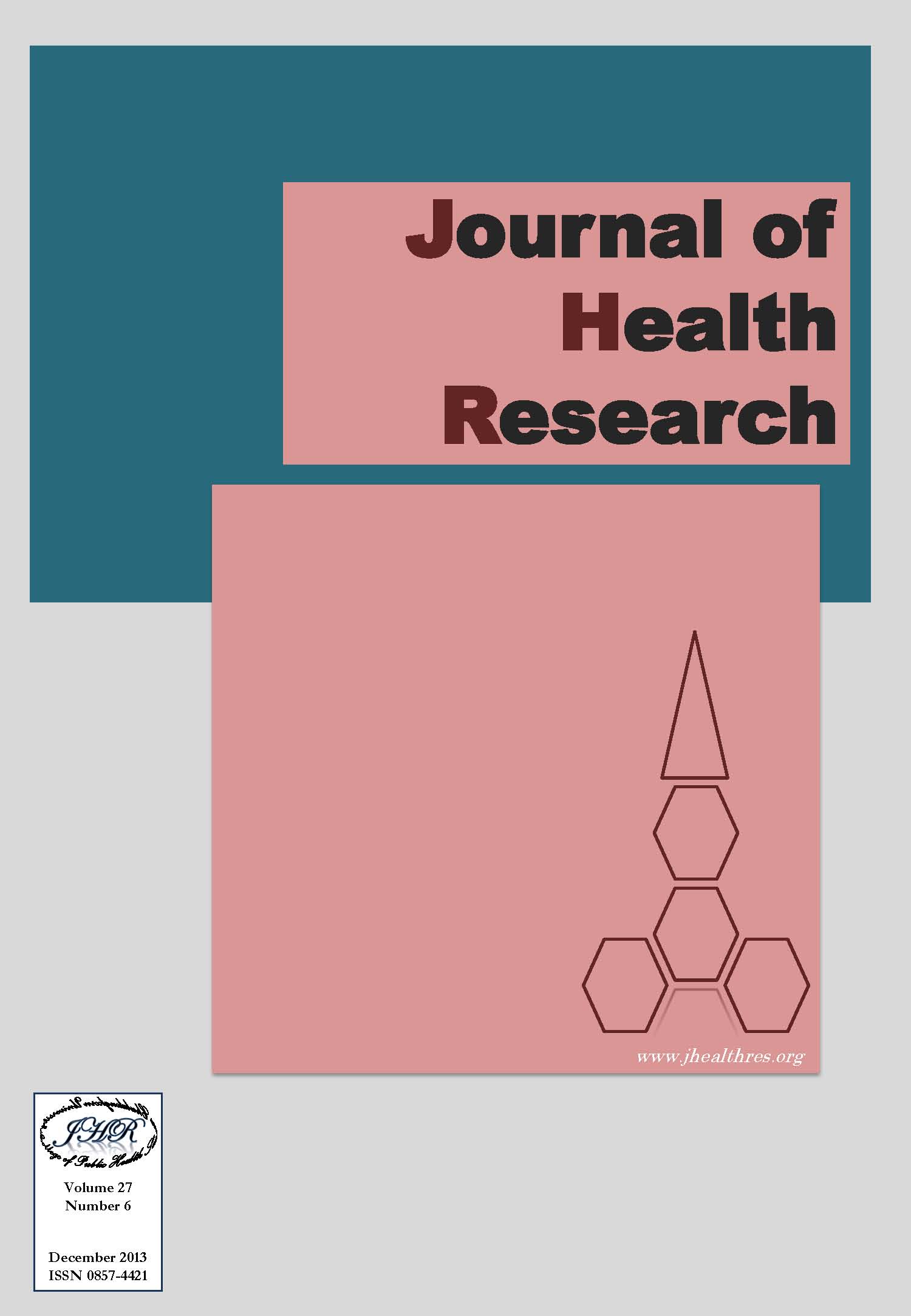Risk Factors of Perceived Stigma in Leprosy-Affected Persons in Non Somboon Leprosy Colony, Khon Kaen Province, Thailand
Keywords:
Leprosy, Stigma, Explanatory Model Interview Catalogue, ThailandAbstract
Leprosy has long been seen as the epitome of stigmatization and has become a metaphor for degradation in colloquial English. Stigma has been defined variously since the beginning of its use and derived its meaning in different aspects of sociology and clinical science. The most common notion of stigma, however, still refers to people’s fear of dealing with leprosy-affected people. This is in most cases due to a lack of scientific knowledge and suspicious ideas about the disease. This study investigated risk factors of perceived stigma and severity in leprosy affected persons living in Non Somboon leprosy colony in Khon Kaen province, Thailand. This was a cross-sectional study design to assess risk factors for stigma in leprosy-affected persons in Non Somboon, Thailand. Two hundred sixty-five leprosy–affected subjects were studied via questionnaire and interview. The results of this study could confirm certain associations between independent variables and the level of perceived stigma as found in earlier studies. As risk factor s for perceived stigma, this study could confirm occupation (p=0.013), low knowledge on leprosy (several sub-categories) and visible disfigurements (p=0.008). The study found new or more specific factors like a significant association between the ‘initial location of treatment’ (p=0.004) or the ‘presence of ulcers’ (p=0.009) and perceived stigma. In conclusion, major factors that were associated with perceived stigma were poor knowledge on leprosy and visible or noticeable disfigurements. Strategies to reduce perceived stigma should primarily focus on the improvement of health educational programs on leprosy and make these easily available to the leprosy-affected person.







